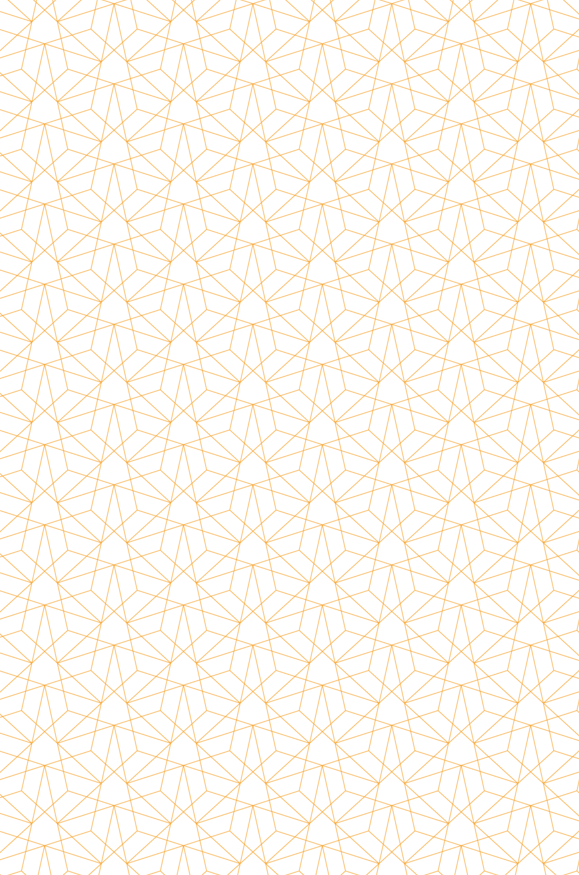Launch of Myth-Maker, the story of Ellis Ashmead Bartlett, the British correspondent who lit the ANZAC flame. – April 25, 2005
At a function preceding the 2005 CEW Bean Dinner, the Foundation launched Fred and Elizabeth Brenchley’s book Myth-Maker, the story of the British war correspondent whose report of the landing at Gallipoli on 25 April 1915 scooped the official Australian war correspondent CEW Bean, and who, with Australian journalist Keith Murdoch, broke censorship to secure the allied evacuation from Gallipoli.
Joint Project with the National Library of Australia to establish a set of digitised records of correspondents’ reports from Gallipoli. – April 25, 2005
The foundation is working with the Library to establish a digitised collection of reports from Gallipoli, that is, to put them on a website so they are accessible on-line. Given that, but for the correspondents of the time, Anzac Cove would never have had the enduring role in our national life that it has come to have, to be able to put these reports on a website would be invaluable for schools, tertiary students and even for those backpackers who now go in their thousands to Gallipoli each year. Correspondents include Charles Bean, Ellis Ashmead-Bartlett, Phillip Schuler and Keith Murdoch. This project was supported by the Government’s Distinctively Australian program. Phase 1 of the project was completed and opened on the National Library website in the week leading to Anzac Day, 2005.
Support for Melbourne University Project
The Foundation successfully supported a bid for an application for an Australian Research Council Linkage Grant by Fay Anderson and Richard Trembath from the University of Melbourne for a proposed research project to examine the contribution of Australian correspondents who reported on major wars and international conflicts in the 20th century. The research will begin with the Boer War when an elite corps of journalists was born. The themes of the project include: the journalists’ experiences; the discourses that defined Australian soldiers and national identity; the mythmaking and truths; the extent of the war correspondents’ influence on the public and how they shaped attitudes to war, allies, enemies and race; how correspondents contributed to the official military version of particular conflicts and when and why they deviated from it; how reporting has changed over time; the treatment of correspondents by the military and the establishment; the style of media coverage; the extent of censorship and the role of political and military pressure.


























































































